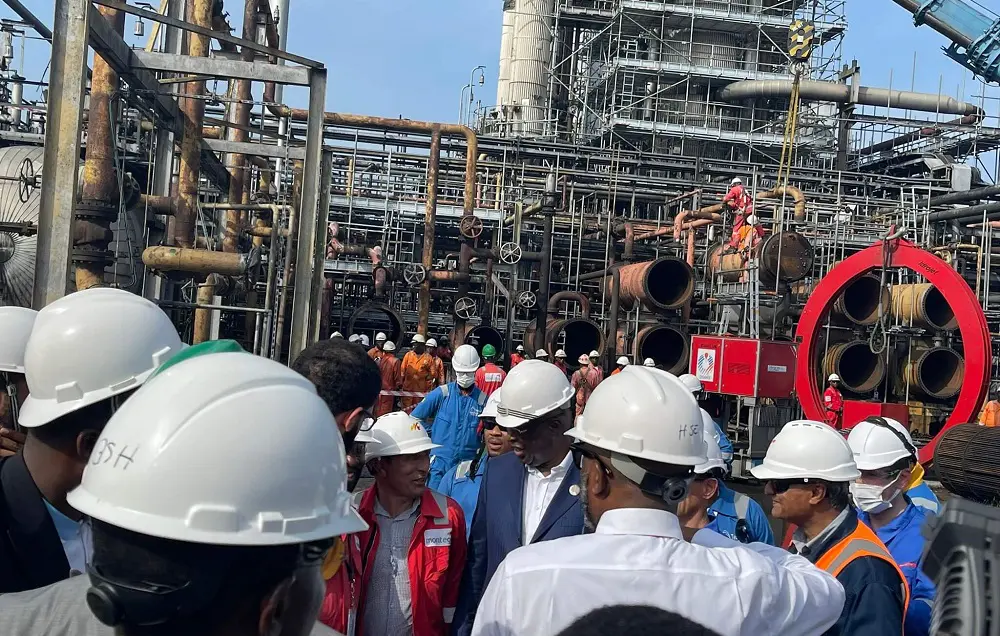The Nigerian Society of Chemical Engineers (NSCE) has given the Port Harcourt Refinery a clean bill of health, refuting claims made by critics about the facility’s status. In a recent interview, the National President of the NSCE, Mr. Tony Ogbuigwe, confirmed that the refinery is operational, following a 20-year hiatus.
According to Ogbuigwe, chemical engineers working on-site have verified that the refinery is now back in full operation. He emphasized that refinery operations are scientific and methodical, with no room for speculation or sensationalism.
“The truth is that Area 5 of the Port Harcourt Refinery is running smoothly,” Ogbuigwe stated. “The refinery consists of two parts—the old refinery and the new refinery. The old refinery has been brought back into operation, and we have confirmation from our colleagues on the ground that it is producing.”
The NSCE President elaborated that the Port Harcourt Refinery is currently producing key products, including Premium Motor Spirit (PMS) for vehicles, diesel oil for trucks and generators, and kerosene. Ogbuigwe explained that refining is a staged process where crude oil undergoes distillation in the Crude Distillation Unit (CDU), yielding various products at different levels, such as gas, gasoline, naphtha, kerosene, diesel, and fuel oil.
The heavy naphtha produced in the CDU is further processed in the Catalytic Reforming Unit (CRU) to increase its octane levels to meet specifications for PMS. However, Ogbuigwe clarified that the CRU is yet to be fully operational, which means heavy naphtha is currently being blended with Crack C5, a high-octane product sourced from Eleme Petrochemicals, to meet PMS standards.
Contrary to claims that no loading has taken place, Ogbuigwe confirmed that trucks have been loaded with products from the refinery, which are being supplied to the public. The blending process is standard in refineries, where light naphtha is combined with high-octane components like Crack C5 to produce the PMS used in vehicles.
Currently, the refinery is operating at 60-70% capacity, with plans to increase production to 90% as operations ramp up. Ogbuigwe also expressed hope for the full commissioning of the CRU to optimize the refinery’s output.
In conclusion, the Port Harcourt Refinery is not only operational but actively contributing to the production of essential petroleum products, with plans for further improvements to maximize its potential.



